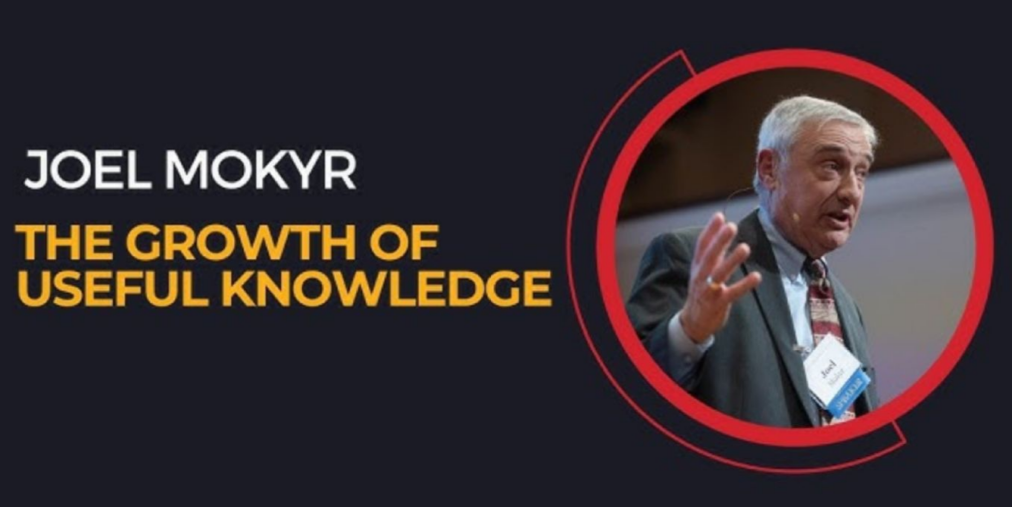The Royal Swedish Academy of Sciences announced on Monday that Joel Morkill, Philip Aghion and Peter Howitt won the 2025 Nobel Prize in Economics for their research results on how innovation and “creative destruction” forces promote sustained economic growth.
Morkill, 79, is currently a professor at Northwestern University, and he will enjoy half of the 11 million Swedish kronor prize. Aghion, 69, teaches at the Institut de France, the European Business School and the London School of Economics. Howitt, 79, works at Brown University.
Why does the economy keep growing?
The Nobel Prize official wrote in the award speech: “The winners of the 2025 economics prize revealed to us that sustained economic growth is not a matter of course. In the long history of mankind, economic stagnation rather than growth is the normal state. Their research shows that we must be alert to and resist those factors that threaten sustained growth … If we can’t deal with these threats, the’ creative destruction’ mechanism that has brought us sustained growth will stop-then we will have to adapt to economic stagnation again. “
Morkill, an economic historian, won the prize for his research on how the industrial revolution and subsequent innovations promoted sustained economic growth, which made the Nobel Prize in Economics for the fourth consecutive year with significant elements of economic history.
Morkill pointed out that the continuous flow of “useful knowledge” is a necessary condition to promote the continuous economic growth. If innovation is to continue in a self-generated way, people should not only know “something works”, but also understand “why it works”. This is also why the new discoveries before the industrial revolution are difficult to be further developed.
Focusing on the impact of technological change, Morkill pointed out that to achieve sustained growth, three preconditions need to be met: first, the common evolution of science and technology-people must understand why things can operate; Second, the popularization and promotion of mechanical skills; Third, society must remain open to potential subversive changes.

Then in a paper published in 1992, Agion and Howett built a mathematical model for the so-called “creative destruction”: when newer and better products enter the market, enterprises selling old products will suffer losses. This kind of innovation represents the birth of new things, so it is creative. But it is also destructive, because companies with outdated technology will be eliminated by the market.
picture
This model has direct guiding significance for economic policy formulation, and can be used to calibrate the R&D subsidy policy and optimize the social security system for unemployed workers in technological change.
Regarding the significance of these award-winning studies, Dr. Liu Hongjie, a digital economy research consultant at the Institute of Human-Oriented Artificial Intelligence (HAI) of Stanford University, commented: “The research of these winners reveals that innovation has become an endogenous force for growth-economic growth is no longer regarded as an exogenous miracle, but a systematic result of institutions, competition and knowledge accumulation. At the same time, the system determines the innovation ecology, and competition, education, scientific research investment and property rights protection jointly shape the innovation sustainability. From the industrial revolution to the AI era, the key to technological change lies in’ let innovation reproduce itself’. “
